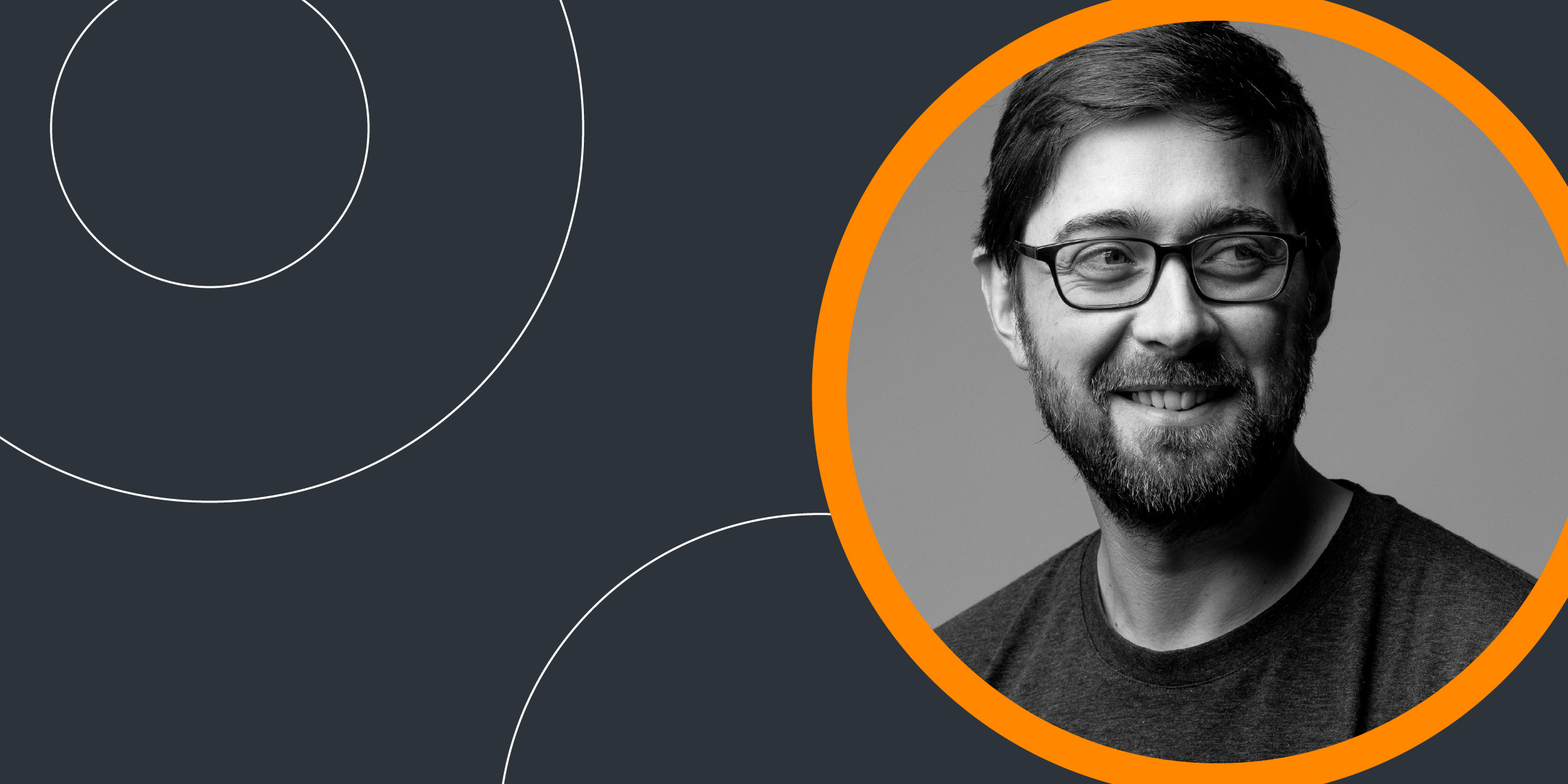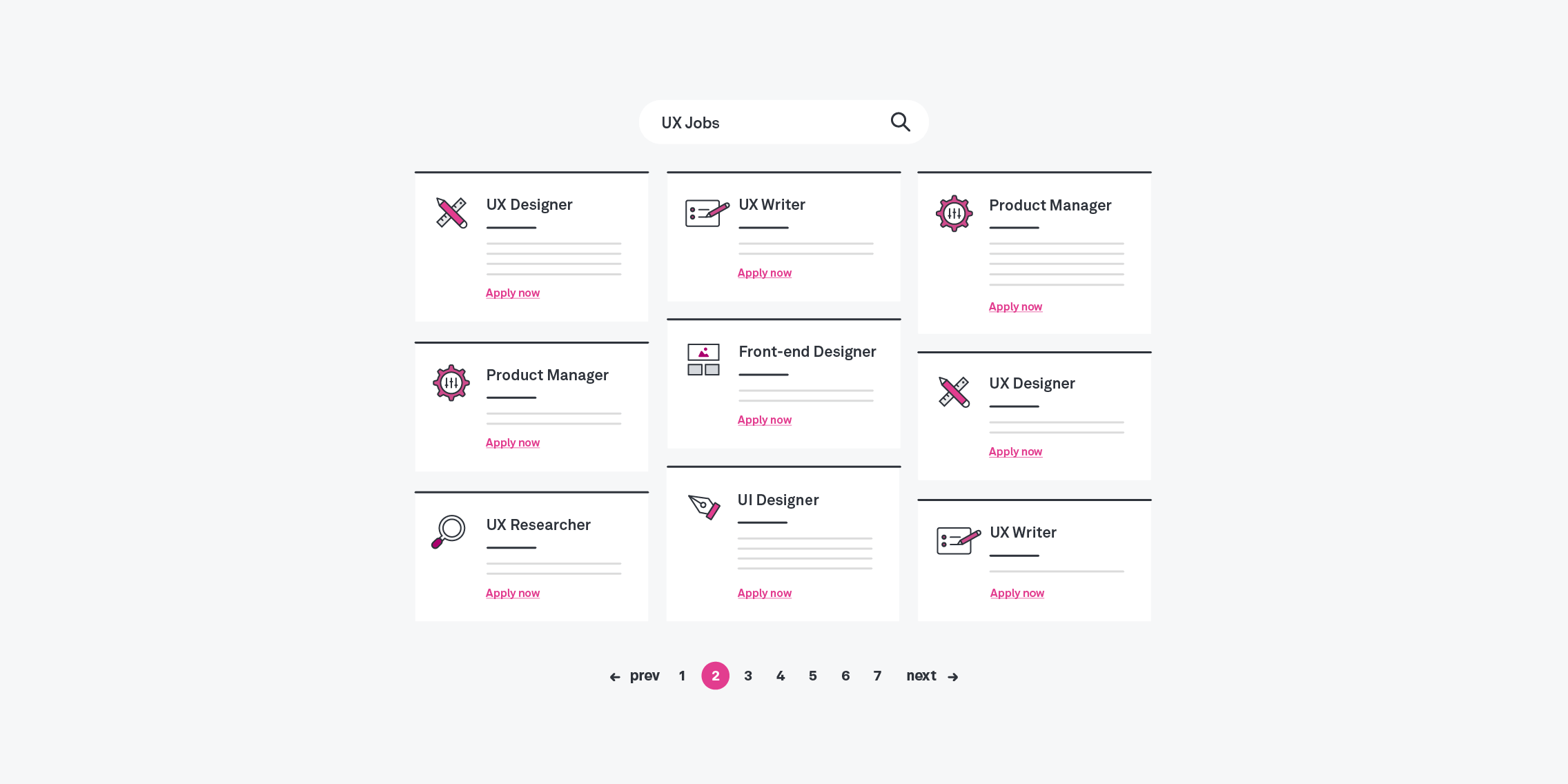In this exclusive interview with Emmet Connolly, VP of Product Design at Intercom, Gareth Dunlop delves into his journey, experiences, and insights in the ever-evolving world of UX design. From his early days of self-learning in the nascent web design industry to his time at Google and his current role at Intercom, Emmet shares valuable lessons that UX design leaders and product designers can draw inspiration from.
Emmet Connolly’s career highlights:
- VP of Product Design at Intercom, April 2022 – present
- Senior Director of Product Design at Intercom, October 2019 – April 2022
- Director of Product Design at Intercom, October 2014 – October 2019
- Senior User Experience Designer at Google, March 2006 – October 2014
Interview themes at a glance:
- Following curiosity: The foundation of a diverse career
- Learning on the job: Three tips for product designers
- The Google years: Design and innovation in an engineering-centric environment
- Designing the future: Collaboration, processes, and market approach
Following curiosity: The foundation of a diverse career
Emmet Connolly’s undergraduate degree in technology and politics may not have seemed like an obvious starting point for a career in design, but he explains that it was by following his curiosity that led him there.
The explosion of the web in the late 1990s connected the worlds of design and technology for Emmet, allowing him to combine his passions for drawing, filmmaking, music, animation, and creativity. The web combined all of the disciplines that Emmet loved and previously thought he would have to choose between, opening up a whole new world of opportunities.
The early web was a fusion of animation and interactivity and coding, so as design emerged and matured, even with early tools such as Flash which brought some of those disciplines together, I was hooked. The web seemed to combine all of these disciplines that I love and previously thought that I would have to choose between.
Learning on the job: Three tips for product designers
Reflecting on his early career, Emmet acknowledges that the industry back then was still finding its feet. There were few formal qualifications or structured paths for designers, which provided him with the space to learn, experiment, and make mistakes. This foundational experience has been invaluable in an industry that evolves rapidly. He emphasises the significance of being an autodidact in the tech industry, as the ability to learn continuously is crucial for staying ahead in the fast-changing landscape.
His advice for people early in their UX career is to leave enough time and space to learn and make mistakes.
Some folks earlier in their careers seem keen to climb the ladder too quickly and don’t give themselves enough time to truly learn the discipline.
Emmet has three pieces of advice for people early in their product design careers:
- Focus on learning what aspects of UX you enjoy most and are really good at. Become an expert in this area.
- Learn how to be a high-agency individual who is exceptional at unblocking creative momentum, creating alignment, and getting things done.
- Spend time with more senior people in the business to learn the soft skills required to lead a team. Absorb how they run a meeting, what they do after the meeting, and how they communicate with their team and stakeholders. Get into the office often if you can.
According to Emmet, the highest performing and most successful UX designers have mastered these three things.
The Google years: Design and innovation in an engineering-centric environment
Moving to Google in 2006, Connolly witnessed a vastly different landscape compared to what it is today. With only 5,000 employees at that time, Google was heavily focused on non-core businesses, allowing room for innovation and technical breakthroughs. The engineering-centric culture at Google valued smart thinking and technology, which led to groundbreaking products like Gmail, Google Flights, and Google Maps.
While Google was innovating at a massive scale, Emmet doesn’t recommend their methods for prioritising what to build.
Google’s method was to “let a thousand flowers bloom and not stifle anyone’s ideas, but that led to the sunsetting of many products that never took off.
At Intercom, prioritisation is built on multiple inputs:
- The company’s strategy and vision
- Customer feedback
- Prospect feedback
- Operational health and quality
- Market analysis
- Differentiators
- Gaps in the product offering
Emmet advises that “while it can seem appealing to work for the big companies like Google, you get a much more rounded education in smaller companies”
Designing the future: Collaboration, processes, and market approach
Collaborating with colleagues from technical and commercial backgrounds is essential at any company, and Emmet highlights the significance of good processes and soft skills to foster effective collaboration. Emmet recommends adopting a data-driven approach to decision-making but to proceed with caution. While data enables teams to use insights to drive decisions, it can sometimes lead to slow decision-making due to a lack of data or even data manipulation.
Emmet highlights the importance of soft skills and thoughtful processes for effective collaboration.
We don’t just think about how we design the product, we also have to think about how we design our team and how we work together.
Emmet explains how he is more focused on principles than processes which helps strike the right balance between something that is flexible enough to adapt over time and something that is permanent enough for teams to get behind.
It’s important to have a deliberateness and measurement about how we work together.
In Emmet’s experience, having this mindset of core principles in a rapidly changing environment has been as effective at Intercom as it was at Google.
Emmet Connolly’s journey in the design and tech world showcases the value of following one’s curiosity, learning on the job, and embracing change. From the early days of web design to his current role at Intercom, he continues to bring a growth mindset and systems thinking to design. Aspiring design leaders can draw inspiration from his experiences and insights as they navigate their own paths in this ever-evolving industry.
Interview conducted by: Gareth Dunlop, consultant, speaker and writer on UX design leadership. For 25 years Gareth has founded, led, grown and sold digital agencies. He currently speaks, writes and consults on innovation and UX design leadership.




